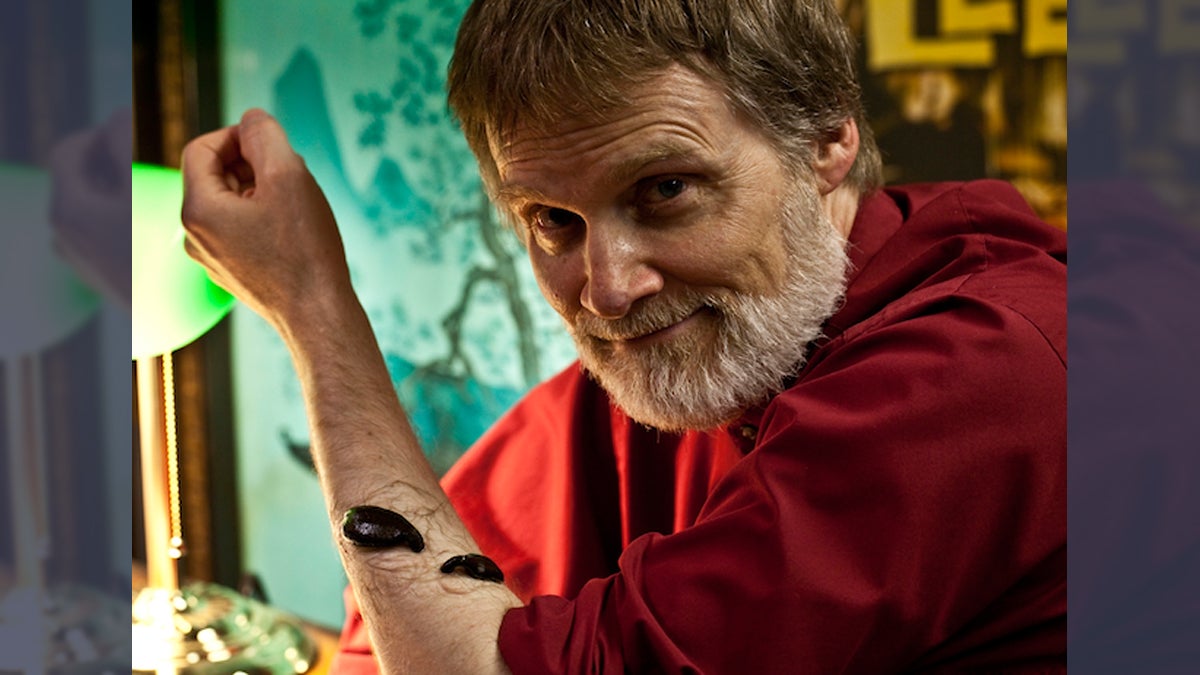Age-old therapy new again as medicinal leeches are back in demand
Listen
Robert Hicks
If you want to portray the primitive nature of medical science from a few centuries ago, you’d have awful things in your toolkit — a saw, perhaps, odd potions, and probably leeches.
“Leeches have been part of the medical world for at least two millenia, worldwide,” says Robert Hicks, Director of the Muetter Museum of the College of Physicians of Philadelphia.
“Back to the ancient, medieval, Renaissance era, people thought the body operated based on four humors: blood, phlegm, yellow and black bile, that had to be kept in balance. When people were sick, all of that went out of balance and you had to re-balance. And one therapy that was very popular was bloodletting. And leeches were recognized very early on as nature’s way of carrying out this therapy.”
Eventually, those theories were replaced by our current understanding of how the human body functions. But fast forward to today, and the medicinal leech is back in high demand. Biologist Daniel Shain, who studies leeches at Rutgers Camden, says they’re useful in certain surgeries. “If you lose a finger, you reattach it and put a leech at the end, to pull fresh blood over that tissue, otherwise that tissue will die. There have been mechanical leeches that have been tried, but they just don’t seem to work as well as the real thing.”
On Wednesday, Robert Hicks and Daniel Shain will talk about these and other roles leeches are playing in medicine today, including stem cell research, and they’ll be joined by some special leech guests, at the Wagner Free Institute of Science.
WHYY is your source for fact-based, in-depth journalism and information. As a nonprofit organization, we rely on financial support from readers like you. Please give today.

